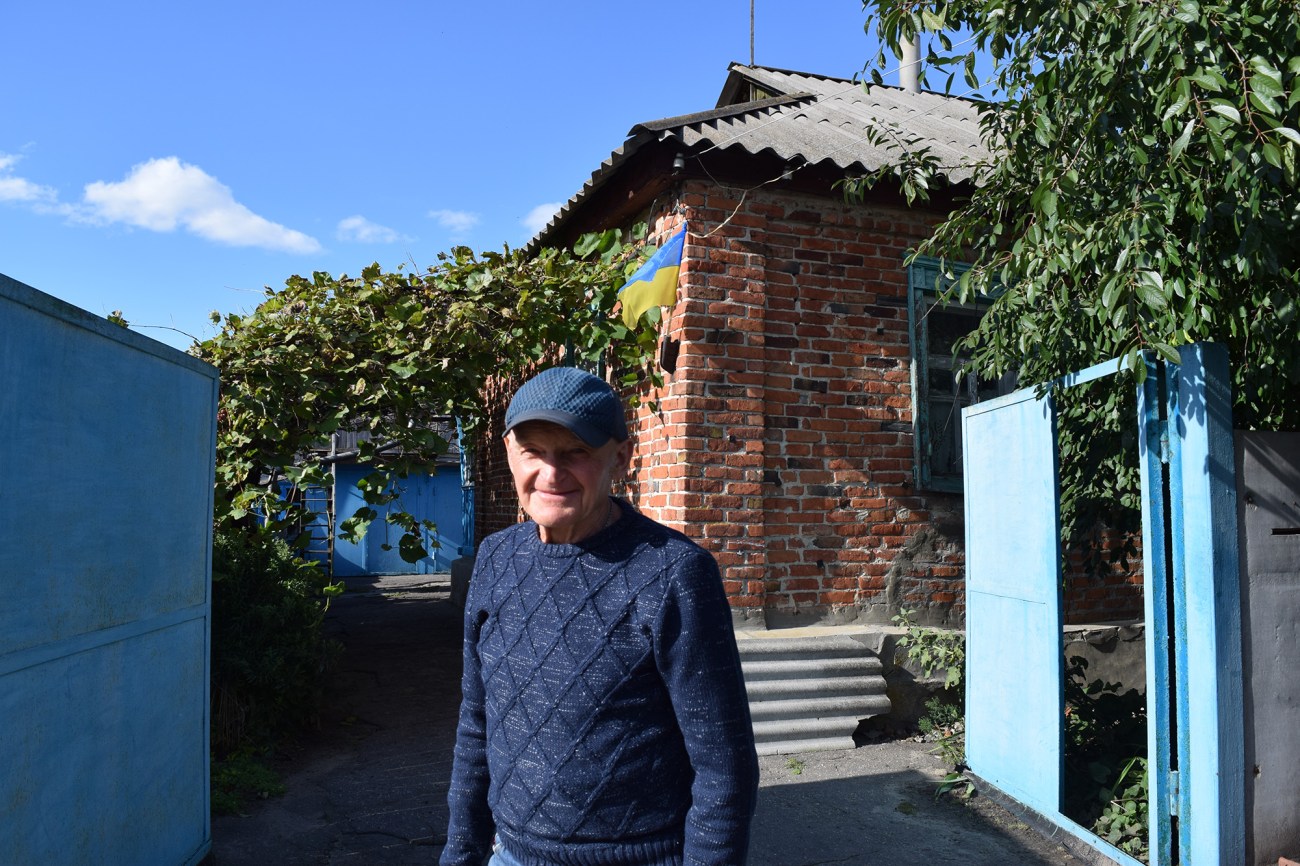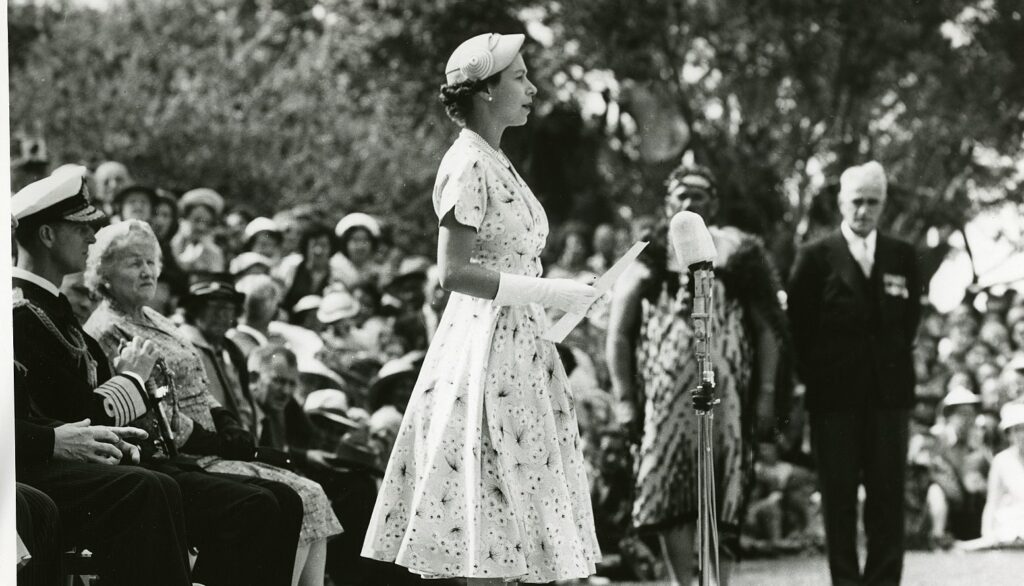Every other day, my WhatsApp bursts with messages from friends in Brazil and abroad expressing equal parts of excitement and apprehension as Sunday’s Brazilian presidential elections approach. On Wednesday, my best friend who lives in the country’s capital, Brasília, texted to say she was scared of wearing red clothes to go vote this weekend because red is the color associated with the Worker’s Party of former President Luiz Inácio Lula da Silva. Lula, the current front-runner, has a real, if slim, chance to beat far-right incumbent President Jair Bolsonaro in the first round by getting more than 50 percent of valid votes. “The mood is terrible,” she wrote, later adding that in the last 48 hours, four instances of political violence had been recorded across the country. “It’s very sinister this fear of expressing yourself.”
My friend’s worries are justified. The upcoming presidential elections in my home country are the most fraught and hate-filled in recent memory. In July, one of the president’s followers fatally shot a local Worker’s Party treasurer at his Lula-themed birthday party. Even before the official kick-off of the campaign in August, pro-Lula protesters were bombarded with feces and urine. On September 7, the day Brazil commemorated 200 years of independence, in the midst of a political discussion, a Bolsonaro supporter killed a Lula supporter, stabbing him 70 times and attacking him with an axe. This month, a researcher with Datafolha, one of the main polling institutes in Brazil, was assaulted. In a Rio de Janeiro bar, a 19-year-old woman was struck in the head after a Bolsonaro fan threatened to hit her sister when she criticized the president. Almost 70 percent of Brazilians surveyed in a September poll said they fear being victims of politically motivated violence.
“Online and offline hate speech and harassment and serious political violence have made many Brazilians afraid to express political opinions and exercise their political rights,” Juanita Goebertus, Americas director at Human Rights Watch, said in a statement. “Electoral and judicial authorities, police forces, and other authorities should do their utmost to protect freedom of speech and assembly, and ensure that Brazilians can vote safely.” Experts with the United Nations have also called for peaceful elections and condemned “continuing attacks against democratic institutions, the judiciary and the electoral system in Brazil.”
“Online and offline hate speech and harassment and serious political violence have made many Brazilians afraid to express political opinions and exercise their political rights.”
This is not the first time political violence has been part of a Brazilian election. In 2018, Marielle Franco, a Black, gay, feminist Rio de Janeiro councilmember and human rights advocate was killed along with her driver after leaving a Black women’s empowerment event. She has become an international icon as a symbol of resistance and activism, but her murder remains unsolved. That same year, while on the campaign trail, Bolsonaro was stabbed by a mentally ill man. Since then, the country’s Superior Electoral Court, which oversees elections, has recorded a spike in violence against candidates. When my American coworkers recently asked me what I thought the outcome of this election would be, I matter-of-factly stated I believed Lula would win, if only he didn’t get murdered first. (The leading candidate’s security apparatus has been reinforced, and he’s been wearing a bulletproof vest at public events.)
Bolsonaro himself has often incited hostility if not outright violence. A former army captain and a member of congress for 27 years, he was famous for his misogynistic and homophobic views. As president, he is notable for his disastrous handling of the Covid-19 pandemic and disregard for the Amazon and climate change. He has called for the Worker’s Party to be swept into the “trash bin of history” and talked about shooting the “petralhada,” a pejorative way of referring to those who vote for the left-leaning party. This authoritarian president, who received a full endorsement from former President Donald Trump, has loosened firearms laws, which has resulted in a three-digit surge in gun ownership registration and told his supporters to “prepare” for what is likely to be a negative outcome for the president. Before Independence Day rallies in September, Bolsonaro urged his supporters to “go to the streets one last time.”






